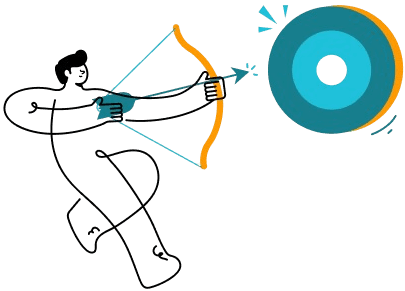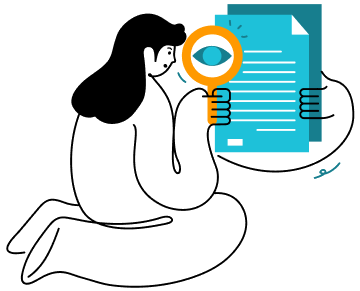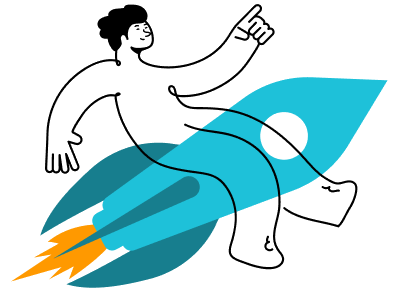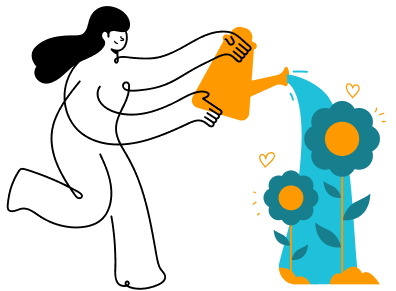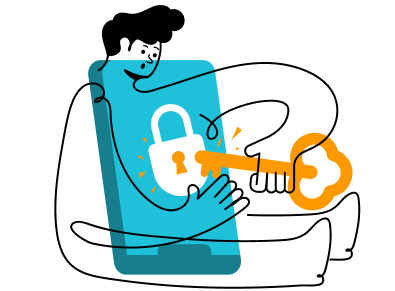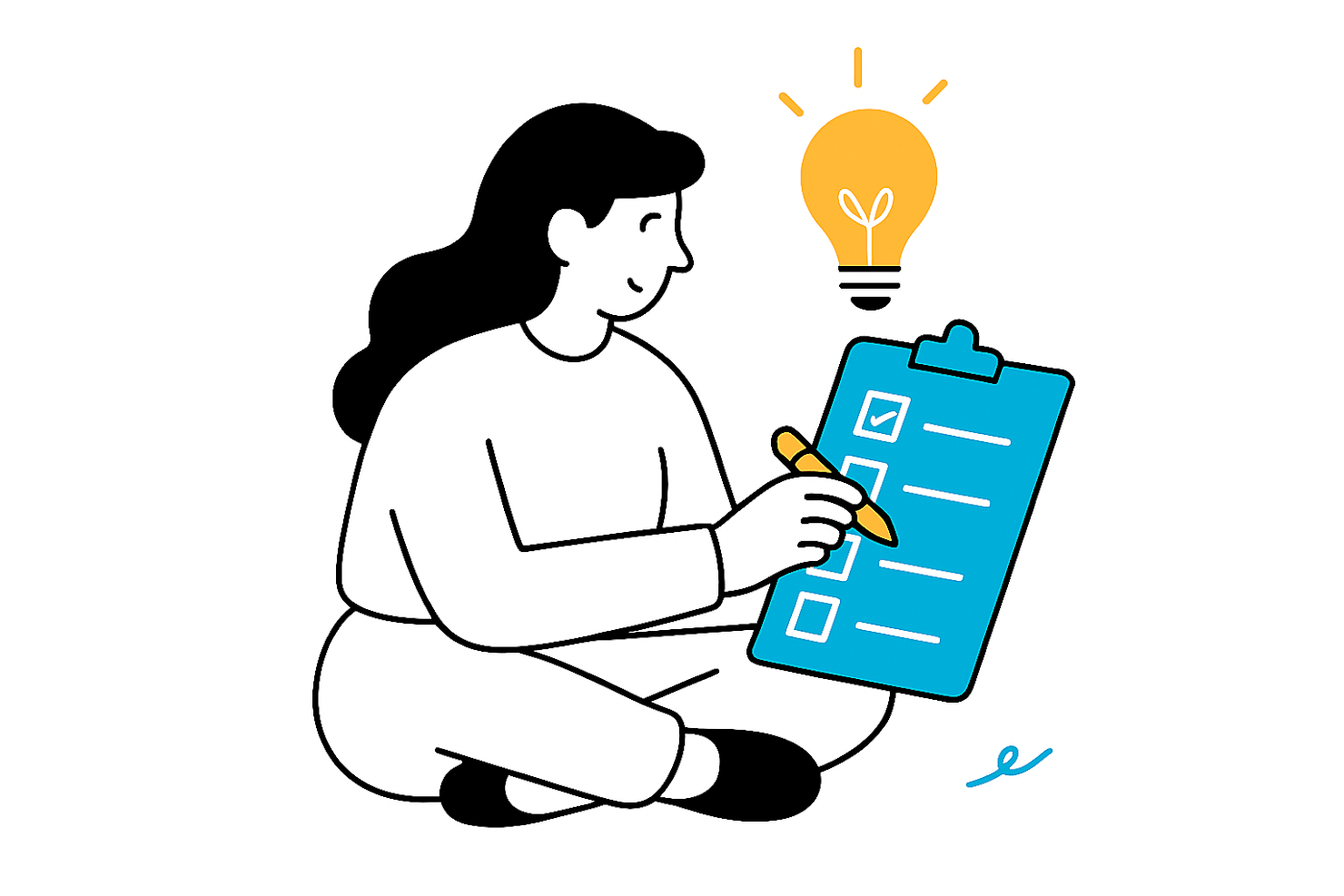Worried About Your Child's Emotions or Confidence?
Help them grow calm, resilient, and self-assured — in just 15 minutes a day. Our online courses help lower power struggles, improve communication, and create a more peaceful home.
Where does your child need support right now?

Low Confidence Or Self Doubt


Big Emotional Outbursts?


Struggling With Friendships


Anxious Or Overwhelmed

Not Sure Where to begin? Take the Course Fit Quiz to discover the best course for your child.
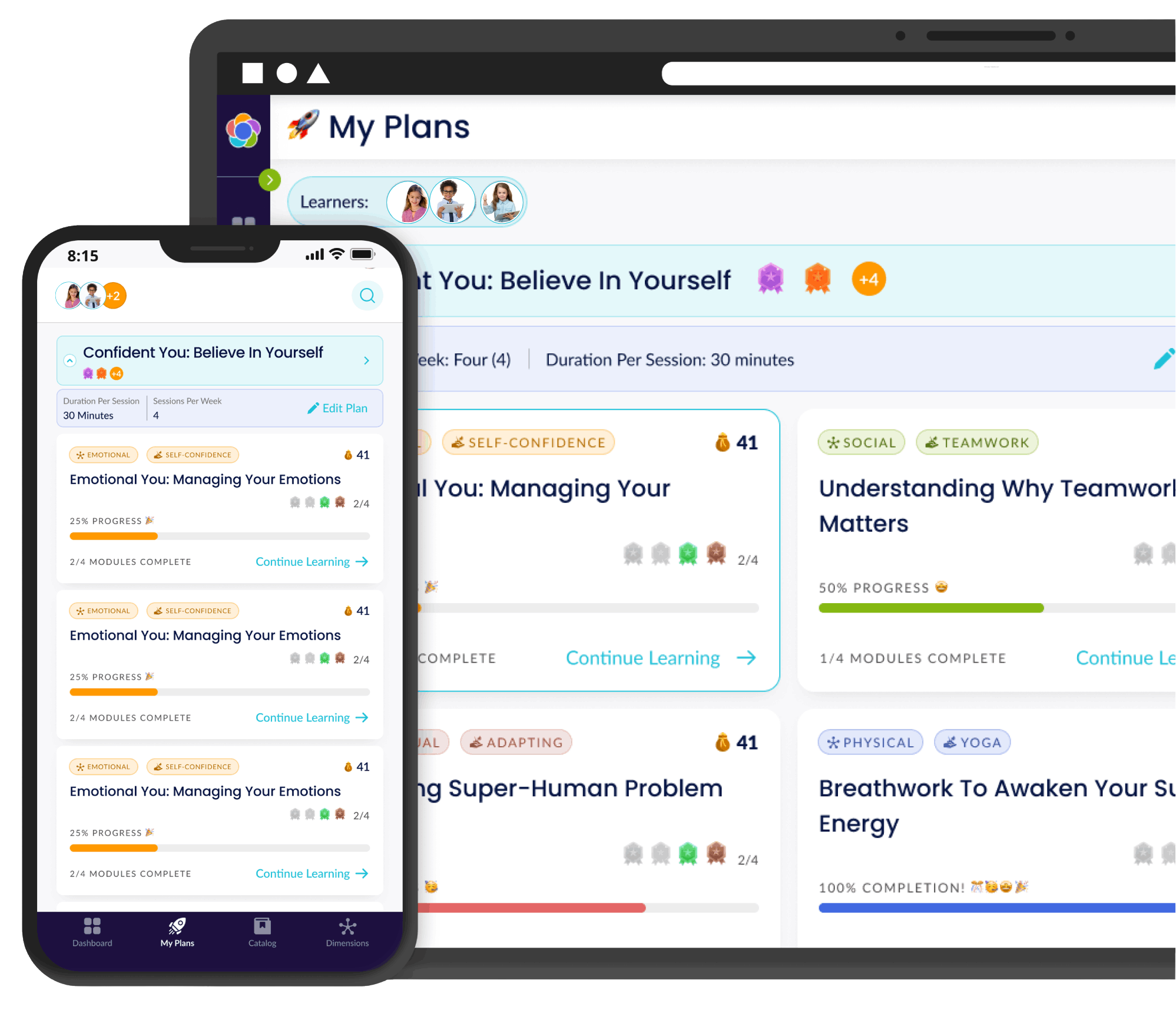
Five Essential Dimensions of Emotional Wellbeing
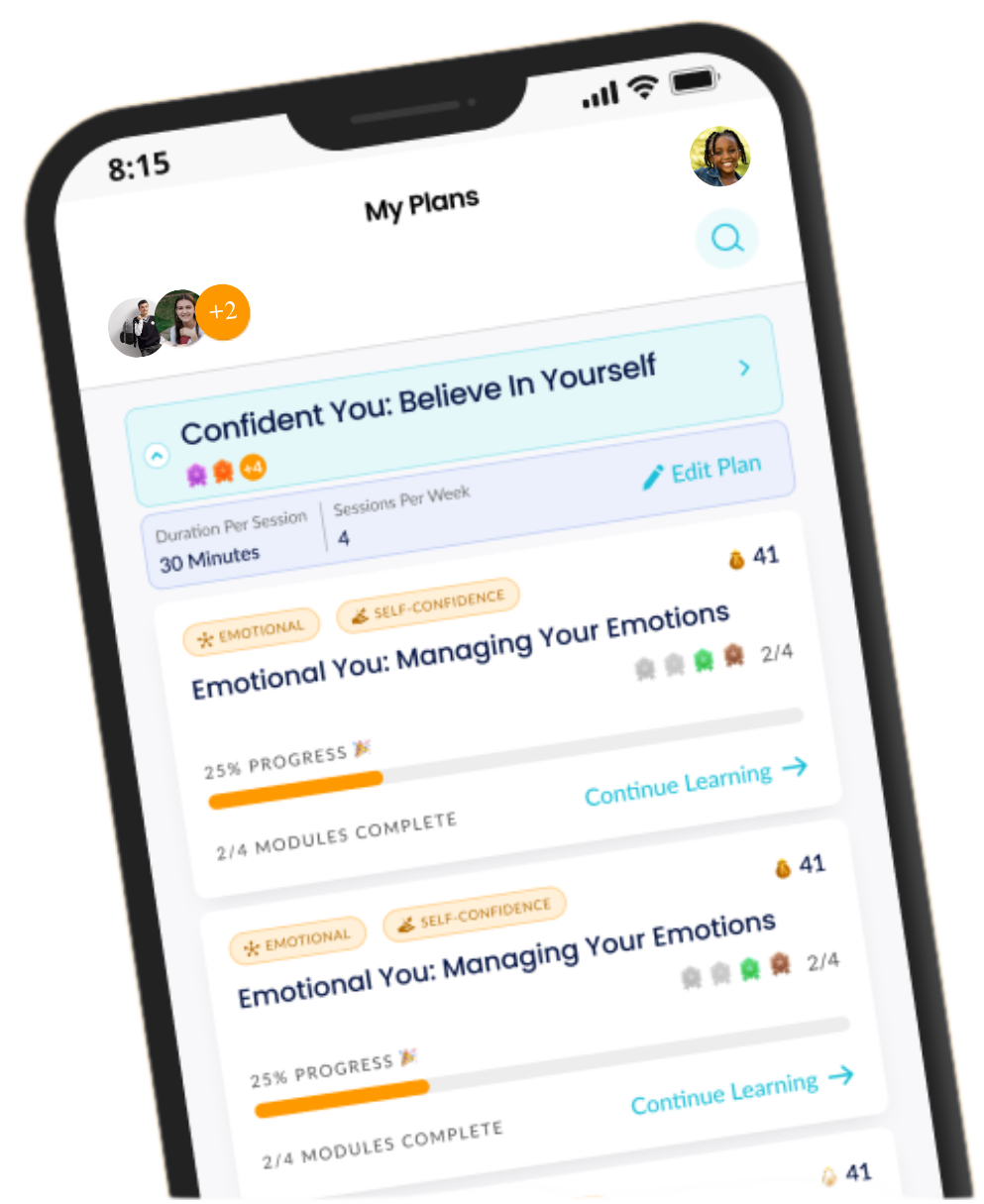
Developing Decision-Making, Listening, And Relationship Skills
Build communication skills to form friendships and navigate social situations.
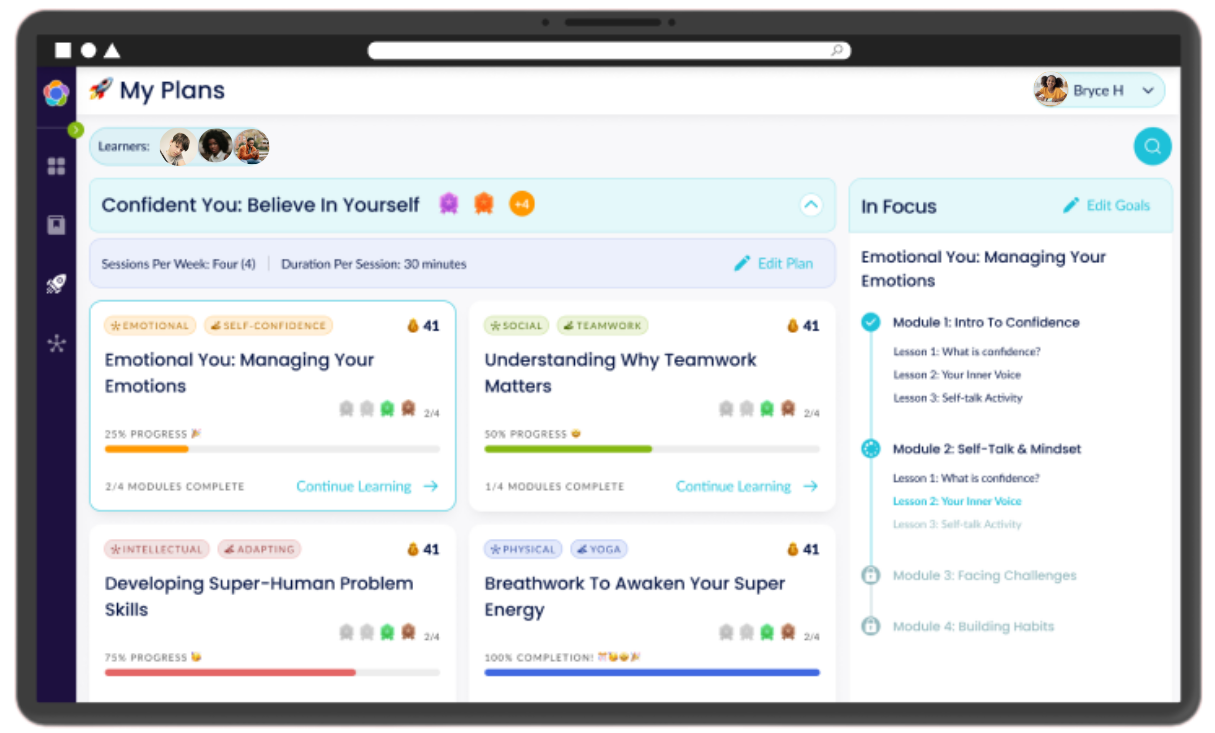
Boosting Confidence and Awareness
Manage emotions, grow confidence, and stay composed.
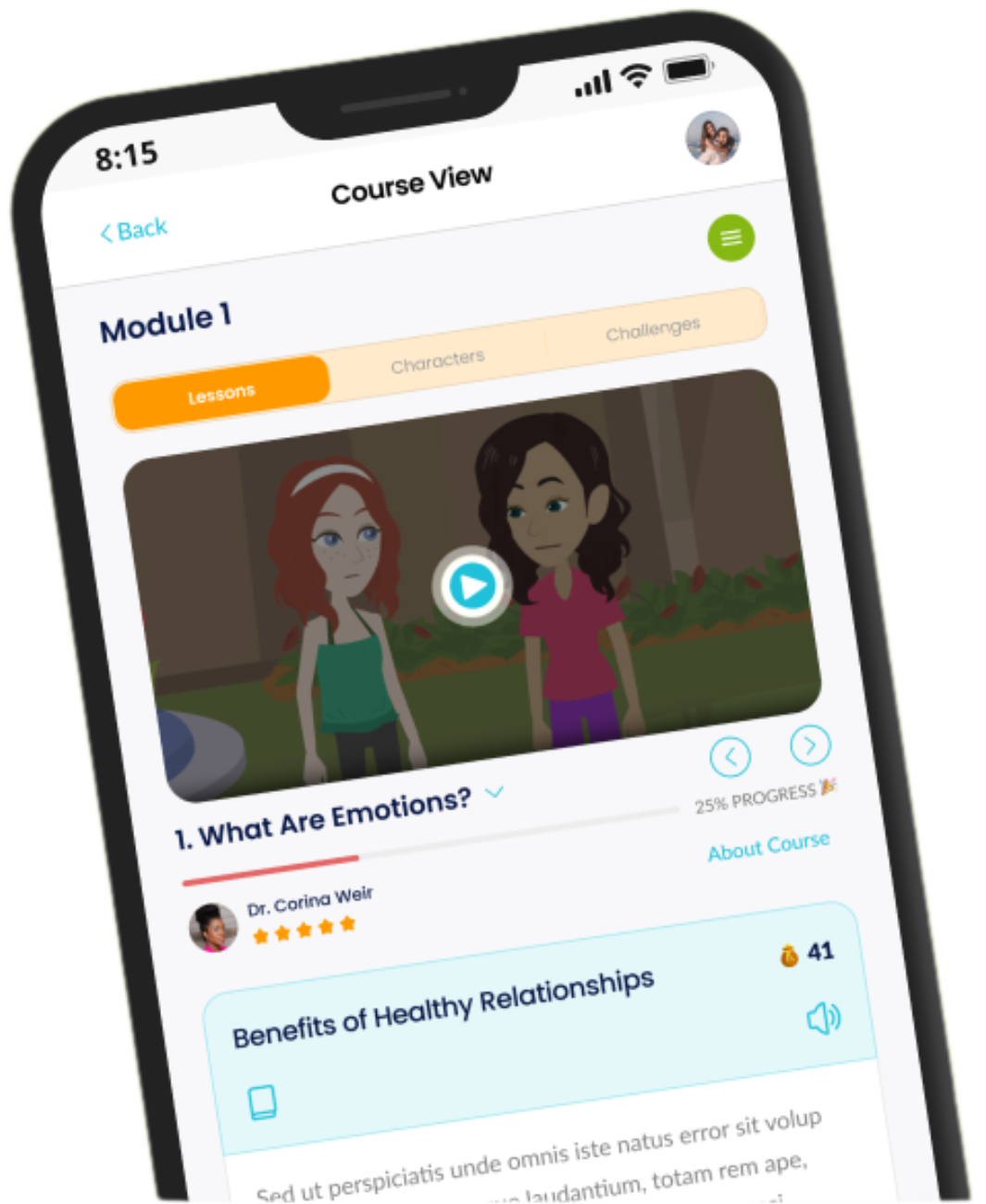
Critical Thinking, Creativity, and Problem-Solving
Boost creativity, critical thinking, and problem-solving.
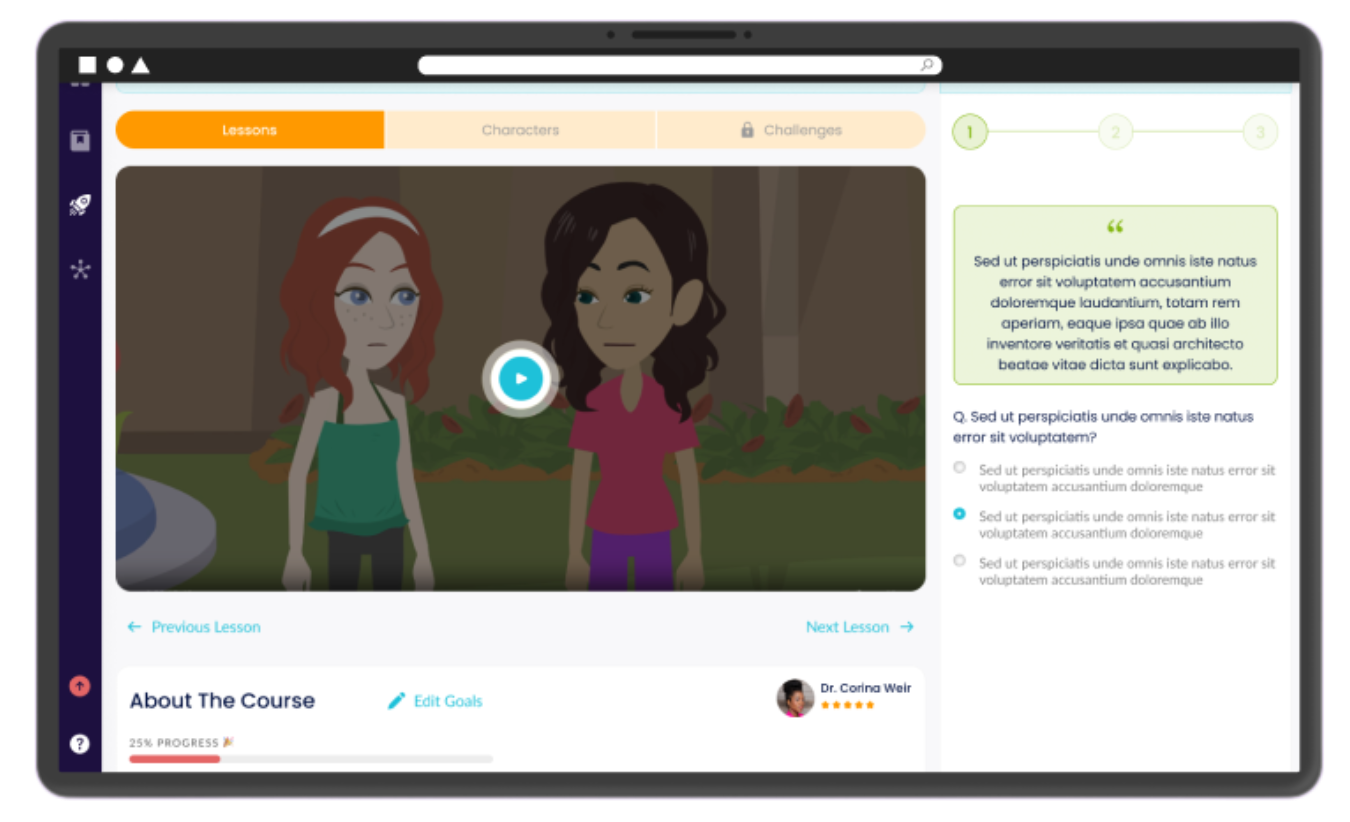
Calm and Clarity in the Moment
Stay calm, focused, and balanced every day.
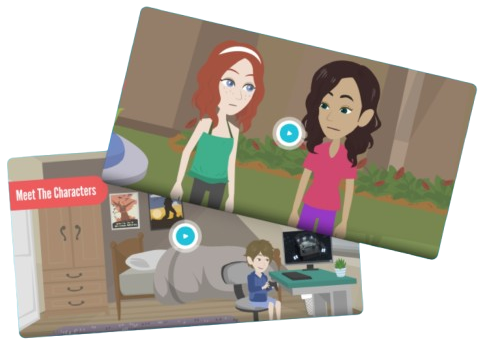
Focus and Productivity Through Fun
Adopt healthy habits, increase energy, and build discipline.
Personal Growth, One
Small Step at a Time
Bloomster makes emotional growth simple and
engaging. Here's how it works:
01 Choose A Growth Area
Choose a growth area: confidence, mindfulness, focus, or friendship.
02 Complete A Session
Your child completes a 10-minute interactive session each step.
03 Track Progress
Track their growth through progress dashboards.
04 Earn Rewards
They earn rewards, feel stronger, and thrive emotionally.
What Parents Are Saying
My 12-year-old son is a big thinker and feeler, constantly absorbing all that is going on around him - and sometimes allowing it to get to him. Bloomster's courses have helped him channel his thoughts into positive actions, his feelings into thoughtful communication and build his confidence overall. I enjoy the time Bloomster gives us together, too. Looking through the courses to determine which he should take next prompts interesting conversation and communication between us.

Mother, 12-year-old boy
As a parent of a middle schooler, I highly recommend Bloomster for its comprehensive and engaging courses that help my daughter navigate social and emotional challenges. The courses cover a range of important topics, allowing her to learn valuable life skills at her own pace. The interactive modules keep her engaged, and she appreciates the ability to focus on areas that are most relevant to her. Bloomster is an invaluable resource for adolescents, providing them with the tools they need to thrive both personally and socially. I only wish I had access to such a resource when I was growing up.

Mother, 12-year-old girl
My 13-year-old daughter has taken some of the Bloomster courses. The diverse range of courses available caters to her specific needs in mental health development. What sets Bloomster apart is the engaging blend of fun videos and interactive activities that not only make learning enjoyable but also provide a meaningful check for understanding and progress. As a parent who usually monitors screen time, I do not have to worry about the content she is viewing. The platform's focus on nurturing social-emotional health makes it a vital resource for my daughter's well-being. 🌼🧠 #BloomsterCourses #MentalHealthMatters #ParentingWin

Mother, 13-year-old girl
Simple, Flexible Pricing for Every Family
Choose the plan that fits your family's needs.
All plans come with a 14-day free trial—no commitment, cancel anytime.
Included Benefits:
 14-day free trial
14-day free trial  Unlimited access to all content
Unlimited access to all content Access for one (1) child
Access for one (1) child
Included Benefits:
 14-day free trial
14-day free trial  Unlimited access to all content
Unlimited access to all content Access for two (2) or more children
Access for two (2) or more children
Included Benefits:
 14-day free trial
14-day free trial  Unlimited access to all content
Unlimited access to all content Access for one (1) child
Access for one (1) child
Included Benefits:
 14-day free trial
14-day free trial  Unlimited access to all content
Unlimited access to all content Access for two (2) or more children
Access for two (2) or more children
Bring SEL to Your Classroom Without Adding More to Your Plate
Bloomster Classroom makes it easy to integrate social-emotional learning into your school day in weekly lessons. It’s plug-and-play for real classrooms.
.png)
How does your child handle daily responsibilities?
select one answer
How many children are you supporting on this journey?
select one answer
 Your Child’s Personalized Course Match
Your Child’s Personalized Course Match 
 Exploring You: A Journey to Self-Awareness
Exploring You: A Journey to Self-Awareness
How to Explore Your Recommended Course
- 👧 For your child
- This course is designed for your child to watch, learn, and enjoy. We recommend starting together so they can get the most from it.
- 🕓 Not with your child right now?
- No problem! You can set a quick reminder to return when you’re together.
- ⚡ Instant access
- When you click Explore Course for Free, your Bloomster account will be created instantly — no credit card required.
- 💡 Free 14-day trial
- You’ll unlock all lessons and activities to explore at your own pace. During your trial, you’ll see how Bloomster helps your child grow — then decide if it’s the right fit.
- 📧 After you click below
- Watch for an email with your login details to come back and explore later.
Sample Lesson Preview 
Exploring You: A Journey to Self-Awareness
Thinking about Thinking
Thinking About Thinking
-
Self Awareness involves recognizing aspects of who you are as a person. This includes what you think and feel, how you react, and importantly, why.
-
A good practice in developing self-awareness is focusing on your thoughts. What are you thinking? When do you have certain thoughts? Why do you have these thoughts? Are they productive or harmful?
-
We will begin with thinking about thinking. Our brains are the greatest supercomputers ever created. We have so many thoughts and we process them so quickly we are often unaware of their existence.
-
By learning to think about thinking we begin to focus on our thought life, which ultimately becomes our real life.
Sample Lesson Preview 
Confident You: Believe in Yourself
What is Self Confidence?
Definition of Self-Confidence
Let’s talk about what self-confidence means.
Self-confidence is something you can’t touch, but it affects how you feel. You can’t see it, but it is there when you look in the mirror. You can’t hear it, but it is there every time you talk about yourself.
Self-confidence is feeling good about yourself and knowing you are a likable, capable person.
I am sure self-confidence is a word you have heard and maybe you even know how to tell if people are confident. In this module, you will learn about self-confidence and self-esteem and how to identify both good and poor confidence and esteem. Remember, you can improve your self-confidence.
Sample Lesson Preview 
Relationship Building Basics
Benefits of Healthy Relationships
Benefits of Healthy Relationships
It is essential for our well-being to cultivate and maintain healthy relationships. Benefits of healthy relationships include:
- Emotional Support: Our friends, family, and acquaintances give us the supportive network we need. We can share joys, sorrows, and challenges together. Emotional support from loved ones helps us navigate life's ups and downs.
- Personal Growth: Relationships offer opportunities for personal growth and self-reflection. Interacting with others helps us develop empathy, understanding, and emotional intelligence.
- Health and Happiness: Healthy relationships contribute to overall well-being. We can have increased happiness, reduced stress levels, and improved mental and physical health.
Please think of your relationships. Please take a minute to journal the benefits you gain from people in your life.
Sample Lesson Preview 
Emotional You: Manage Your Emotions
Recognizing Anger
Recognizing Anger
Recognizing anger is like learning to spot a storm before it hits.
When you’re angry, you might feel your face get hot, your fists clench, or your heart beat faster.
Your thoughts might be racing, thinking about what upset you or how unfair things seem.
Psychologists say that noticing these signs helps you manage your emotions better.
Paying attention to how your body feels and what you’re thinking when you’re angry can help you to handle anger in a healthy way.
Knowing when you are angry is the first step to then using tools to cope with the anger in helpful ways.
Sample Lesson Preview 
Making Responsible Choices
Qualities of Responsible Decision-Making
Qualities of Decision-Making
Being responsible means we act with reflection rather than impulsiveness. Responsible decision-making requires us to pause and think carefully.
It’s crucial to analyze our options by considering the personal consequences and how they will affect others. We need to keep our values in mind throughout the process to guide our choices.
A responsible decision involves choosing an option that considers not only our immediate desires but also the long-term effects on ourselves and others. It requires us to think ahead and weigh the pros and cons before acting.
For example, a responsible approach if you’re deciding whether to study for a big exam or hang out with friends would be to balance both. You might choose to study first and then hang out, ensuring you stay on track with your grades while still enjoying time with friends. It also means thinking about how your choice impacts others, such as how it affects your grades, your friendships, or your future goals.
A smart step in any decision-making process is involving a trusted adult. You can learn about these responsible decision-making qualities alongside Drew, Payton, and Jordan.
Sample Lesson Preview 
Focused You: Manage Your Mind & Energy
Understanding Focus & Attention
Understanding Focus & Attention
Focus and attention are super important for learning and getting stuff done.
Think of focus as a mental "spotlight" that helps your brain lock onto one thing at a time.
But attention doesn’t last forever – it’s normal for it to fade after 10–20 minutes, especially at your age.
Cool stuff, like games or hobbies, makes focusing easier because your brain releases dopamine, which keeps you interested.
On the flip side, distractions, like checking your phone, can mess you up – it can take about 20 minutes to get back on track!
Sample Lesson Preview 
Developing SuperHuman Problem-Solving Skills
Problem-Solving Steps
Problem-Solving Steps
Facing a tough challenge? Whether it’s at school or in everyday life, problem-solving skills can help you tackle it! Here’s a simple, 5-step process to guide you:
- Define the problem – Understand exactly what’s wrong.
- Brainstorm solutions – Think of all possible ways to fix it.
- Research and choose the best option – Pick the solution that makes the most sense.
- Apply the solution – Put your plan into action.
- Evaluate the results – Did your solution work? If not, tweak it and try again.
You can solve any problem with confidence and creativity by following these steps. Ready to take on your next challenge? Try using the 5-step process and see how it works for you!
Sample Lesson Preview 
Mindful You: Living With Purpose
Navigating Emotions Mindfully
Why Naming Emotions Helps
Emotions are temporary, fleeting knee-jerk responses in the moment, and feelings are more sustained over time. When emotions feel overwhelming, our brain treats them like a tangled mess, making it hard to think clearly. But when we name our emotions – “I feel angry,” “I feel fear,” or “I feel happy” – we activate the logical part of our brain, which helps us process them instead of being controlled by them.
Try This:
Next time you feel overwhelmed, pause and ask yourself:
- What emotion am I feeling? (Use the big six emotions: anger, disgust, fear, happiness, sadness, surprise.)
- Where do I feel it in my body? (Tension in shoulders, racing heart, etc.)
- What can I do next? (Take a deep breath, reframe the situation, or simply acknowledge the feeling.)
Sample Lesson Preview 
Meditation Foundation: Breath & Self-Awareness
What is mindfulness?
When to Practice Mindfulness
You don’t need to wait for a stressful time to practice mindfulness. The practice of being mindful is available to you any time of the day! Taking a moment to take a deep breath during the course of your day, or stopping to admire a freshly bloomed flower is a way of practicing mindfulness. When you are slowing down and being present in the moment, you are being mindful.
Sample Lesson Preview 
Goal-Setting: Gaining Tools for Success
Effective Goal Setting
Setting Effective Goals
All goals are not equal, and some give you a better chance at success. You want to set yourself up for success from the start of the goal-setting process by setting effective goals. Let's revisit those goals you've already identified and build on them using what was learned in this module.
Practice by reviewing your goals and editing them according to the qualities that make goals effective. Effective goal qualities include time-limited, achievable, simple, and specific goals. Download the Effective Goals worksheet here to complete the following steps:
STEP 1: Write down 3–5 goals
STEP 2: Put a star by ones that should be edited.
STEP 3: Practice rewriting them.

